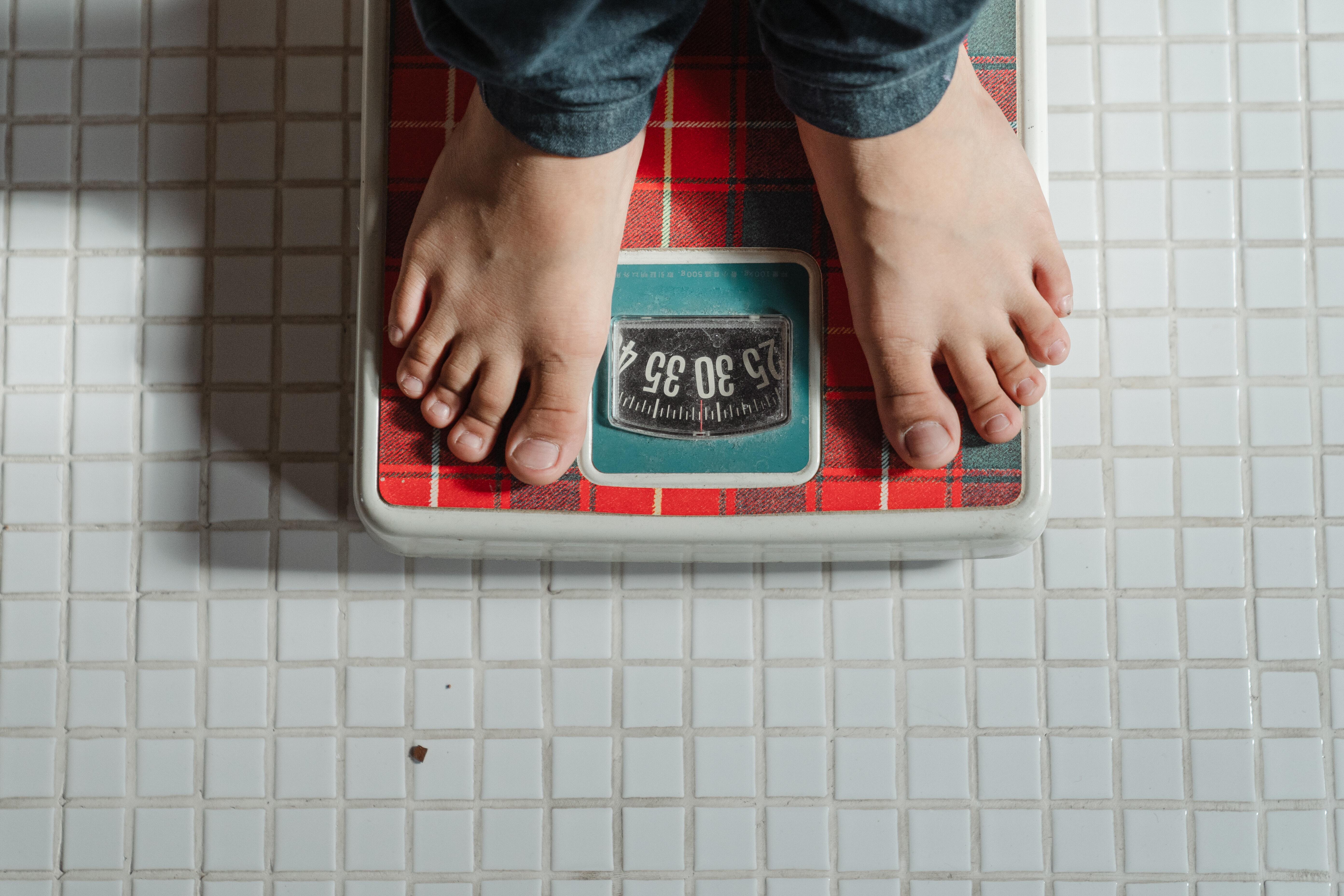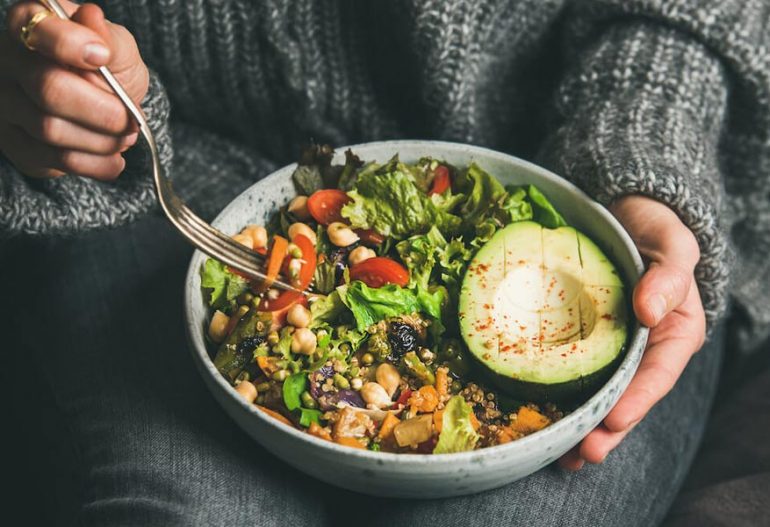When money’s tight, the grocery store can feel like a minefield. I’ve walked in with just $50 to feed my family for the week and felt the weight of every single item that went into my cart. (And have experienced that icky embarrassment when I have to put something back at checkout time!) Do I…
The post Stretching Every Dollar: Smart Grocery Shopping Tips When You’re Already Pinching Pennies appeared first on Budget Bytes.
When money’s tight, the grocery store can feel like a minefield. I’ve walked in with just $50 to feed my family for the week and felt the weight of every single item that went into my cart. (And have experienced that icky embarrassment when I have to put something back at checkout time!) Do I grab the name-brand bread, or the cheaper loaf? Do I stretch the budget with beans and rice again, or splurge on fresh fruit so my kid doesn’t feel like we’re missing out?
If you’ve ever stood in those aisles doing painful mental math, you’re not alone. With food costs rising and SNAP benefits facing changes that make stretching dollars even harder (we break it down here), we all need tools that make the most of what we’ve got.
Here are some practical grocery shopping tips I’ve leaned on when every dollar counts.
1. Plan Thoughtfully & Shop with Purpose
- Meal planning = money saved. Planning meals before shopping will cut impulse buys and food waste big time. Families that meal plan save an average of $1,600 per year compared to those who don’t according to the USDA.
- Free tools: If you’ve never meal planned before or feel like you really can’t do it on your own, check out BudgetBytes+. If there’s no room in the budget to join, we have plenty of free meal prep resources on the blog for you. We’re here for you no matter what!
- Check your pantry first. Sometimes the cheapest meal is already sitting on your shelf. The USDA estimates American households waste 30–40% of food they buy, often because ingredients get forgotten.
- Did you know: You can use the “recipe search by ingredient” function on Budget Bytes to type in an ingredient you have on hand if you need some easy inspiration?!
- Stick to the list. I’ve learned the hard way: every “extra” $3 bag of snacks adds up fast.
2. Buy Bulk & Store Smart (When Possible)
- Bulk staples are a bargain. Per ounce, dry beans are 3-5 times cheaper than canned. A 10 lb. bag of rice averages 50% less per serving than a 1 lb. bag.
- The caveat: If you’re shopping with SNAP or on a week-to-week income, “stocking up” isn’t always realistic. That’s okay. Focus on mini bulk wins: the family-size bag of oats instead of single packets, or frozen veggies you can stretch across several meals. It’s about doing what works for your budget and storage capabilities.
- Freezers are lifesavers. I freeze everything from bread to shredded cheese—because wasted food is wasted money. Do a fridge/freezer purge once or twice a month to make sure you use up what’s in there!
3. Use Leftovers and Portion Strategically
- Cook once, eat twice. A big pot of chili can become tacos the next night. The night after, those leftover taco fixings can become a hearty taco salad! One roasted chicken becomes a chicken skillet the following day and chicken salad the day after. If you plan right, you can make 3 meals from 1 base ingredient.
- The caveat: You can’t purchase a rotisserie chicken on SNAP, which doesn’t seem fair to me…but that example works great if you are not relying on SNAP for that purchase.
- Portion control saves. Pre-packing leftovers keeps snacks and lunch from vanishing in two days!
- Bulk up meals. Some of you may have growing teenagers with ravenous appetites at home, which might mean you need to stretch things by adding cheaper ingredients to bulk up a recipe; extra potatoes, oats, rice, or beans are great for stretching a meal further!
4. Freeze & Preserve Strategically
- Shop markdown meat safely. Grab sale-priced meat and freeze it. Even one 50% off “manager’s special” pack of chicken can turn into multiple meals. Make sure you portion before freezing so you only thaw what you need! And, of course, freeze it before the expiration date, not after!
- Dairy and produce can be frozen, too. Bread, bananas, even milk—don’t toss it, freeze it.
5. Shop Smart—Stock, Generic, Loyalty
- Frozen produce is almost always more budget-friendly than fresh. Studies confirm frozen fruits and veggies have equal (or sometimes higher) nutrient levels compared to fresh (Journal of Food Composition and Analysis, 2017). Not only is it cheaper, it lasts longer; I like to say the freezer is “nature’s pause button.” If you hit the farmers market and find you have an overabundance of something fresh, wash and pop that in the freezer to avoid spoilage!
- Store brands save big. Often, the only difference between brand-name and generic is the packaging. Read ingredient labels if you’re concerned about what’s best for your specific family’s dietary needs, but I find the store brand is usually just as good. The FDA requires the same safety and quality standards as name brands.
- Loyalty programs can pay off. Even a few dollars in digital coupons can stretch the budget farther than you think. Most major chains (Kroger, Target, Walmart, Aldi, etc.) offer digital coupons. Even $5–10 per trip can add up to hundreds annually.
6. Minimize Trips, Organize Your List, & Know Your Prices
- Fewer trips mean fewer temptations. Every extra run to the store (or trip down the same aisle) can mean extra spending. A USDA study showed unplanned purchases increase 23% with extra trips.
- Get organized! I like to organize my grocery list based on the flow of my go-to grocery store. For example, I organize it according to category and save all my fresh produce for the end of my shopping excursion when I’m headed towards checkout to make sure nothing gets wilty when I’m picking up dry goods. It will cut your shopping time in half and help you avoid wandering past impulse buys.
- Know your prices. Once I started tracking the cost of staples, I could spot real deals versus “fake sales.”
What do you mean “fake sales”?
When people say “fake sales” at grocery stores, they usually mean promotions that look like a deal but aren’t actually saving you any money.
Fake sales to watch for:
- “Buy 5, Save $5” promotions that cost more overall.
- Shrinkflation: smaller packages at the same “sale” price.
- Big “SALE” tags on regular-priced items.
- Loyalty “deals” that are still higher than another store’s normal price.
Stores legally use these tactics—it’s psychology, not always savings. Basically, it’s when the store uses signage to make you feel like you’re saving even if you aren’t. Stores are not required to point out that you’re getting less for your money. Yes, false advertising is illegal, but “fake sales” use loopholes. (Booo.)
7. Use Apps and Social Hacks
- Digital coupons = quiet savings. I’ve saved $5-10 in one trip just using store apps. This is especially true for people who order their groceries for delivery or pick-up.
- Learn from online communities. TikTok, Reddit, and Facebook groups are full of real-life budget hacks (like rotating meal plans or how to find markdowns). There are a lot of Aldi groups that share great hacks like this!
Final Thoughts: Turning Tight Budgets into Smarter Grocery Shopping
I’ll be honest: no one enjoys grocery shopping on a razor-thin budget. It can feel limiting, exhausting, stressful, and unfair—especially when paychecks don’t keep pace with real-life food costs and support programs like SNAP are disappearing (see Budget Bytes’s breakdown).
I’ve found that the more intentional I am (planning meals, freezing what I can, sticking to my list) the more control I have over my wallet. Even small changes, like swapping one brand-name item for generic or making leftovers work harder, can add up to real savings over time.
Remember: Not every tip works for every household. If you can’t buy in bulk or don’t have a freezer, you’re not “doing it wrong.” You’re making the best choices with what you have and that’s exactly what smart grocery shopping is all about.
What are some of YOUR best grocery shopping budget hacks? Please leave a comment so we can learn from your experiences, too. We’re all in this together!
Sources:
USDA – Food Waste FAQs
USDA SNAP-Ed – Meal Planning, Shopping, and Budgeting
The post Stretching Every Dollar: Smart Grocery Shopping Tips When You’re Already Pinching Pennies appeared first on Budget Bytes.
Recommended Story For You :

Look weight gain and weight loss are serious concerns of yours and I get it.

Flavourful Vegan Recipes Covering Everything From Burrito Bowls To Chocolate Mousse

The keto diet is not just a diet it is a lifestyle change!

Pizza is Doubly Addictive with Two Morphine-Like Compounds in Every Crusty-Chewy Slice!

Delicious diabetic recipes- over 500 recipes-Desserts-Entrees-Snacks-and more.

An amazing collection of easy and delicious keto recipes.

Homemade Desserts just got quicker easier and smarter.

Boosting your health is easier than you think- smoothies make everything taste better.

Healthy Cooking Is About To Change For The Better


Leave a Reply